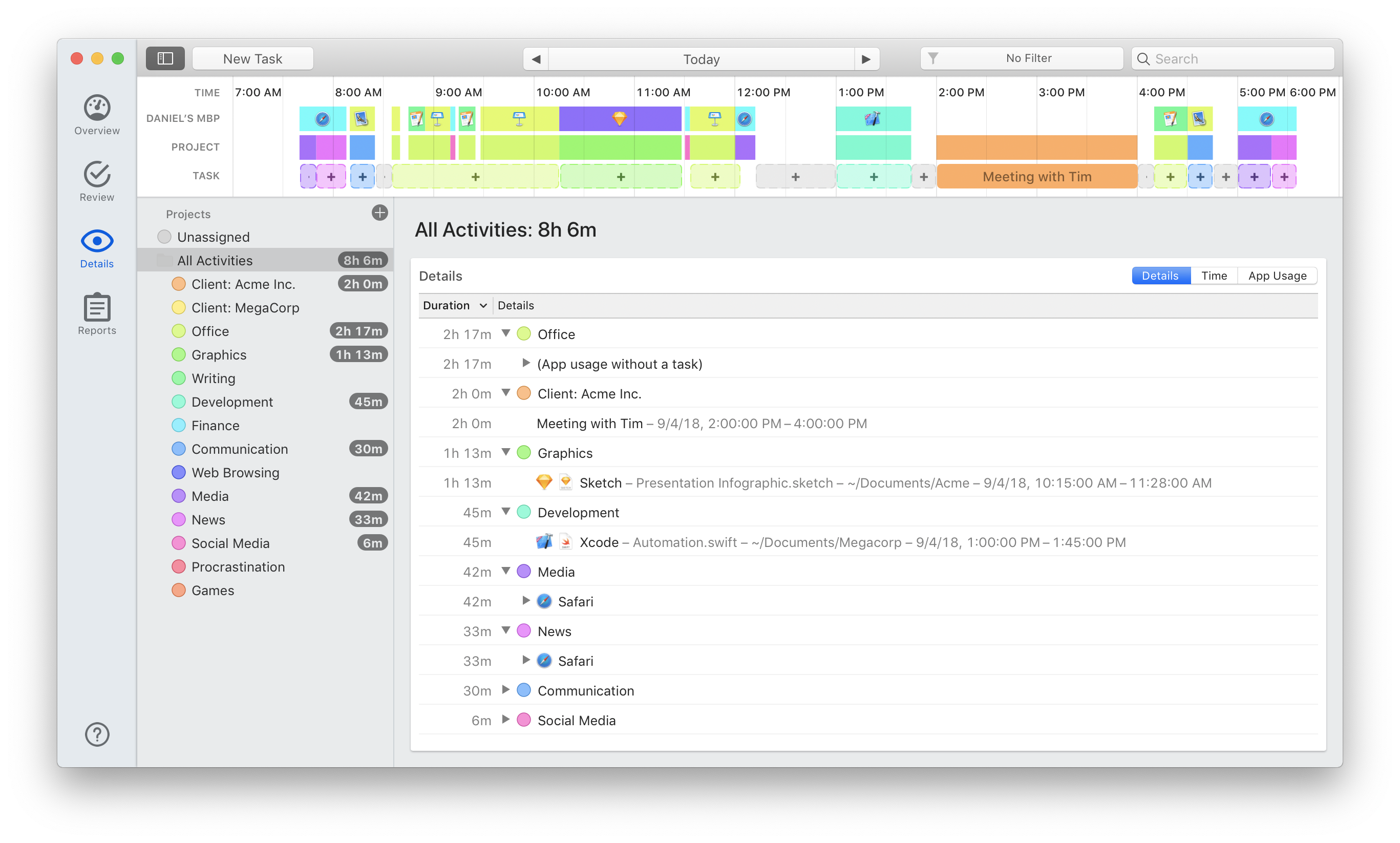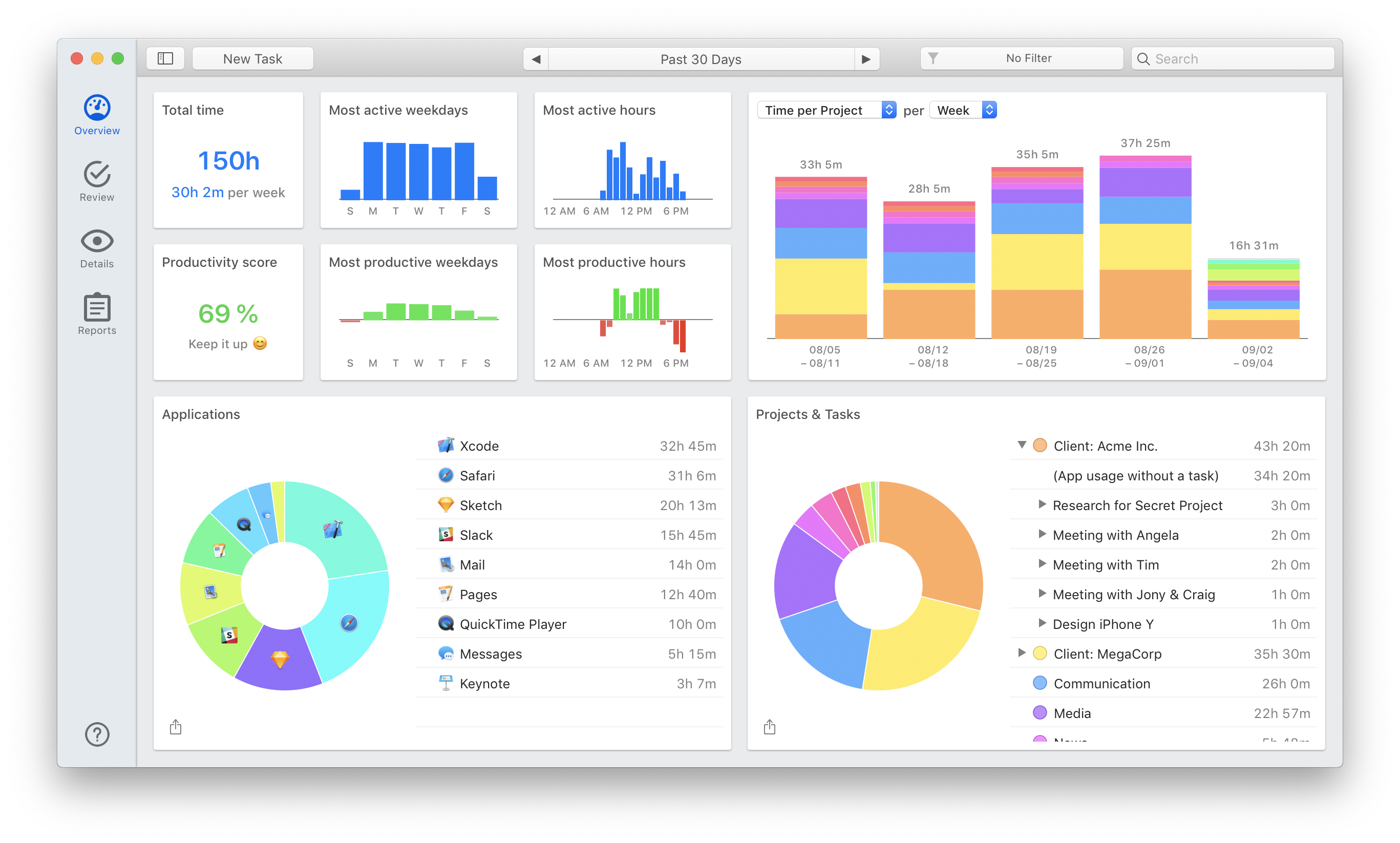How to Use Timing to Improve Your Time Management Skills

Time. It’s our most valuable and perhaps most poorly utilized resource. Many of us feel stressed out and overburdened by obligations, and yet still feel we don’t have enough: enough time or enough money. We’re great at stacking our schedules full, less great at managing our own time.
And with entrepreneurs like Tim Ferriss claiming that it’s possible to make a great income by working only 4 hours a day – and science backing that up (one study of working scientists in the 50’s revealed that a person’s productivity peaked between 10-20 hours a week) – we’re left scratching our heads. With our 60-hour workweeks and constant feeling of overwhelm, are we really that terrible at time management?
The answer is, maybe.
Here’s the good news: Whether you’re a freelancer, a full-time employee, or a business owner, it’s possible to improve your time management skills with a few simple strategies.
In the following article, we’ll take a look at:
- why time management is important.
- why so many of us have pitfalls when it comes to understanding our own use of time.
- actionable strategies you can use on Timing to assess and improve your productivity.
Why Time Management is the “Missing Key” to More Money, Lower Stress & Faster Progress
According to Harvard Business Review, there are three core time management skills:
- How you assess your time.
- How you arrange your time.
- How you adapt your time usage (such as when interruptions arise).
In just a bit, we’ll talk more about how you can improve these skills. But first let’s take a look at why you’ll want to improve these skills in the first place.
Improved time management → higher income.
When you learn to use your time better and more efficiently, your earning capacity increases.
First – and most obviously – you’re able to accomplish more in a given day, and theoretically, bring in more income.
Second, you’re able to set aside time to reach bigger picture goals – such as starting a side-hustle – that can make you a higher earner.
Third, you become a more valuable professional overall. So, whether you’re a freelancer or a FT employee, you become more invaluable to your clients or company.
Improved time management → less stress.
Stress has become a global problem that affects people of all ages, ethnicities, and demographic backgrounds. And stress isn’t only a mental health issue; it can result in physical illnesses such as cardiovascular problems, headaches, and gastrointestinal issues.
Learning to manage our time better will ultimately help us to reduce stress. By helping us to achieve a better work-life balance and helping us to more efficiently accomplish tasks and obligations, time management can help us to feel less overwhelmed and underproductive.
Improved time management → faster progress.
If you’re trying to reach a goal – whether that’s to start a new business initiative or lose 10 pounds – better time management can help you to reach that goal faster and more efficiently.
Learning how to block out your time strategically to meet your obligations and reach new goals is a large part of effective time management. Share on XThe result? Goals accomplished, a greater sense of fulfillment, and maybe even an improved quality of life.
The Pitfalls of Poor Time Management
By now, you’ve learned why time management can be so wonderfully beneficial to you, your income, even your body.
If that’s the case, then why aren’t you experiencing the joys of excellent time management?
Well, the reality is that most of us lack time management skills. We aren’t great at managing our own time usage….and we don’t even know it.
Poor time management can be the result of one or more of the following three pitfalls:
- Blind spots. Maybe you feel like you spend 9+ hours a day at your laptop, but in reality, you spend one-third of that time on social media. Are you aware of the distractions that are robbing you of precious hours and minutes?
- Personality. We’re all wired a bit differently, and some of us are more prone to distraction than others. Some of us might also get overwhelmed quite easily, which can further prevent us from getting good, productive work done.
- Bad habits. If you have a habit of checking your email every 10 minutes, you’re interrupting your ability to stay focused for prolonged periods of time. According to study from the University of California Irvine, it takes 23 minutes and 15 seconds to get back to a task after a distraction.
The bottom line? You might not even know you’re poor at time management…and as a result, you’re missing out on increased productivity, a better work-life balance, and a capacity to become a more valuable and accomplished professional.
Strategies for Assessing & Improving Your Time Management Skills
Whether you’re a “worker bee” full-time employee, a free-thinking freelancer, or a hyper-driven business owner, there’s always room for improvement in your time management skills.
Here’s how to use Timing to assess and improve your time management:
1. Identify gaps in your focus.
One of the great things about Timing is that it automatically tracks your hours and minutes, but it also takes into account gaps in your activity. So, it won’t include even a few minutes of inactivity into its total tally.
When you open Timing’s Overview tab, the first thing you’ll most likely take a look at is how much time you’ve worked that day. Let’s say you’ve worked 6 hours and 30 minutes. Does that surprise you? If you sat down at your computer at 8 AM and it’s now 4 PM, you may wonder where that extra hour and 30 minutes went.
Now, it’s time to open your Review tab. Across the top, you’ll see blocks of time throughout the day that are highlighted according to app or category. In between those blocks, you may see gray spaces.

Unless you took a lunch break, these gaps most likely signify moments where you got distracted. Maybe you started scrolling through your Instagram feed. Or decided to empty your dishwasher. Or took a phone call from an old friend.
In any case, this timeline shows a realistic assessment of how well you’re staying on task, and why you might not be accomplishing as much as you think you should be.
2. “Red flag” time-sucking apps and URLs.
Now that you have a good idea of the frequency of your offline distractions, make sure you’re tackling your online distractions.
Again, go to your Review tab in Timing. Under Websites, you’ll see an accurate tally of how much time you’re spending in your email inbox, on news sites, or other sites that may be sucking time away from valuable work.
For example, if you see that you’ve spent 56 minutes in your email inbox – and it’s only 10 AM – then you might want to red flag your email as a potent online distraction (unless, of course, your job consists primarily of answering and sending emails). To do this, you can either a) become extra conscientious about checking your email, or b) get vigilant and use a website blocker such as HeyFocus.
3. Consider your most active hours.
In the Overview tab of Timing, you’ll see a bar chart that displays your most active hours of work. These are the hours that were the “fullest”; in other words, you worked the most minutes per hour.

If you note that your most active hours are between 9 AM and 11 AM, consider the working conditions and frame of mind you’re in during those hours. Is your work space especially quiet? Are you feeling fueled from your morning coffee and workout? Are you excited about what you’re doing, and not distracted by phone calls and coworkers?
In any case, think through your most active hours and try and replicate those conditions during other portions of the day. Take breaks when you’re not going to be as productive, and be disciplined about making sure you get your most pressing, demanding work done during those hours.
4. Compare your working hours to your income.
Now, for the big-picture review.
Go to Timing’s Overview tab, and adjust the time frame across the top to “month” rather than “today.” Now, flip through the last 6-12 months. If you’re a freelancer or entrepreneur, chances are that your income and your time usage have ebbed and flowed. But do they match up?
For example, you may notice that you worked longer hours in the beginning of the year than you did over the summer. Did you make a higher income as a result?
If not, then you’ll want to consider why: Perhaps you worked on a few higher-value projects that weren’t incredibly time-consuming but did deliver high payoff. Or perhaps you got sucked into working with a client that consumed a lot of time and energy with very little return.
For example, in June of 2020 I worked 132 hours, and made a higher-than-average income as a result. In July, I worked 104 hours and made half of what I made the previous month – though I didn’t work half the hours.
Why? I got handed a few high-value projects in June that paid off nicely without consuming an enormous amount of time.
It’s these kinds of insights that can help you troubleshoot what’s most lucrative in your professional life…and what should be dropped in order to maximize your time usage (and income).
Improve Your Time Management Skills in 14 Days
Looking to improve your time management skills with Timing…but you haven’t taken the leap yet?
If you’re not sure you want to make the commitment, you can try Timing for a free two-week trial.
